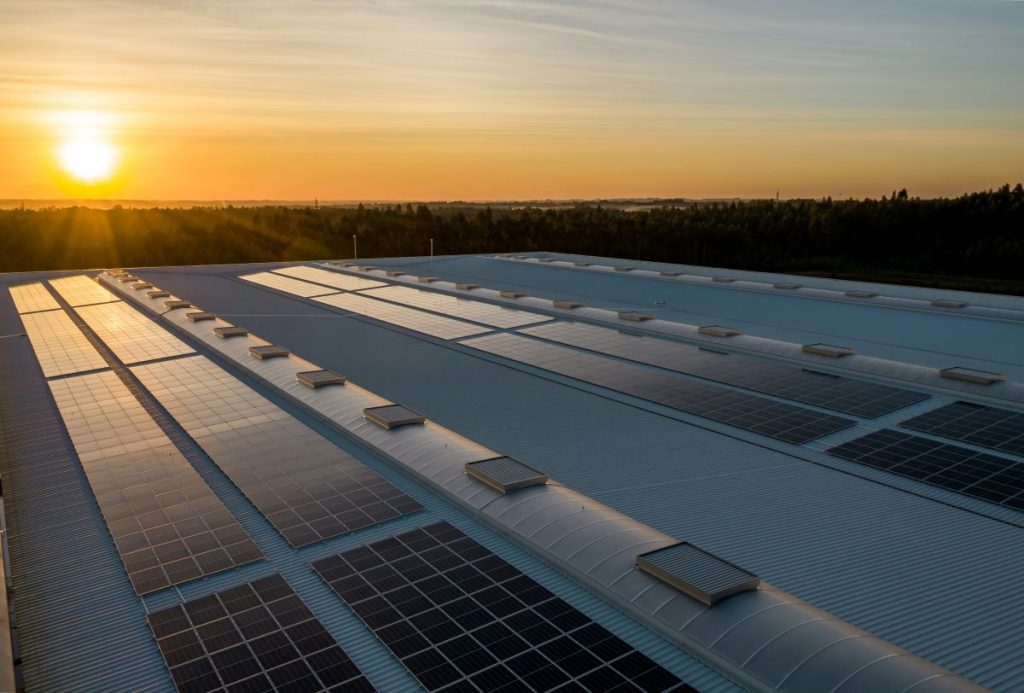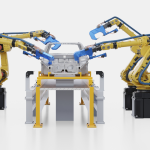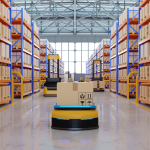The fusion of advanced automation technologies with renewable energy sources is transforming warehouse operations. By leveraging robotics powered by rooftop solar installations, warehouses can achieve unprecedented efficiency, cost savings, and sustainability, positioning themselves at the forefront of modern intralogistics.
In the rapidly evolving landscape of intralogistics, the integration of automation and renewable energy has become a focal point for industry leaders. Warehouses are increasingly adopting robotics to enhance tasks such as sorting, picking, and packaging, while simultaneously implementing rooftop solar panels to generate sustainable energy. This strategic combination not only optimizes operational performance but also aligns with global sustainability goals.
Automation is Reshaping Supply Chain Logistics
Modern warehouses are embracing a variety of automated systems, including autonomous mobile robots (AMRs), robotic arms, and drones. These technologies, powered by artificial intelligence and machine learning, enable precise and efficient handling of goods. AMRs navigate complex environments autonomously, robotic arms manage intricate picking tasks, and drones assist in inventory management. The continuous operation of these systems significantly boosts productivity and throughput.
As McKinsey & Company notes, “Automation will affect the supply chain far beyond the walls of the warehouse and sorting center; it will change the way goods flow across all modes.“ This perspective underscores how automation is not just optimizing internal warehouse processes but redefining supply chain efficiency at a broader scale.
Solar-Powered Automation: The Next Competitive Edge
The expansive rooftops of warehouses present an ideal opportunity for solar panel installations. By harnessing solar energy, warehouses can generate a substantial portion of the electricity required to power their automated systems. This approach not only reduces reliance on non-renewable energy sources but also leads to significant cost savings in the long term.
Integrating energy storage solutions, such as advanced battery systems, further enhances this synergy. Stored energy can be utilized during peak demand periods or in the event of power outages, ensuring uninterrupted operation of critical automated processes. This combination of solar power and energy storage not only supports sustainability initiatives but also enhances the resilience and reliability of warehouse operations.
Why Logistics Leaders Are Investing in Automation and Renewables
For business leaders, the integration of automation and renewable energy offers a competitive edge. The initial investment in these technologies is offset by the long-term benefits of reduced operational costs, improved efficiency, and a smaller carbon footprint. Moreover, demonstrating a commitment to sustainability can enhance brand reputation and meet the growing expectations of environmentally conscious customers and partners.
As the industry continues to evolve, the adoption of such integrated solutions is likely to become a standard practice. Intralogistics leaders who proactively embrace these advancements will be well-positioned to navigate the challenges of the modern supply chain landscape and capitalize on emerging opportunities.
A Smarter, More Resilient Future for Warehousing
The convergence of warehouse automation and renewable energy represents a transformative approach to intralogistics. By investing in robotics powered by rooftop solar installations, warehouses can achieve enhanced efficiency, cost savings, and sustainability. This strategic integration not only addresses current operational challenges but also sets the foundation for future advancements in warehouse management.







